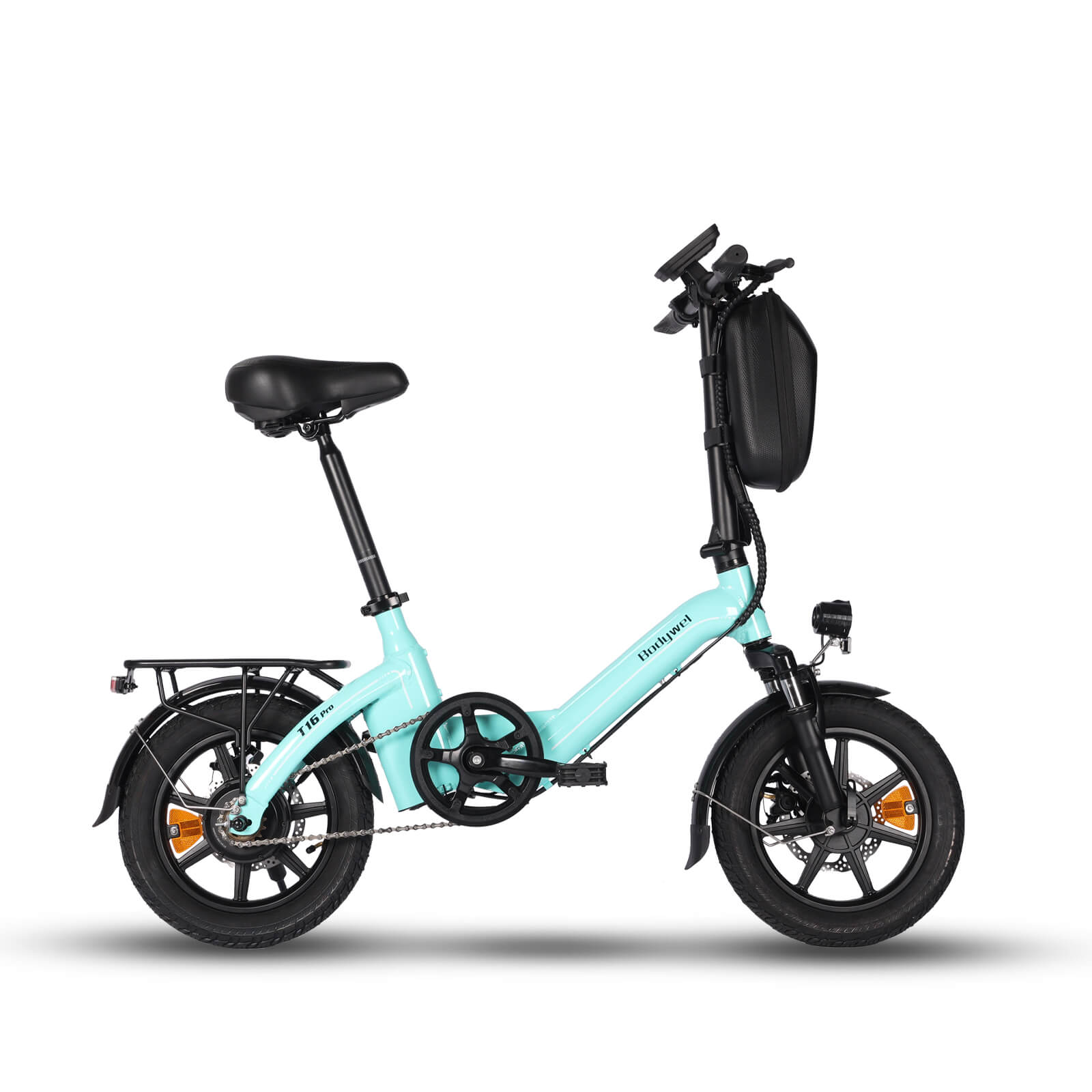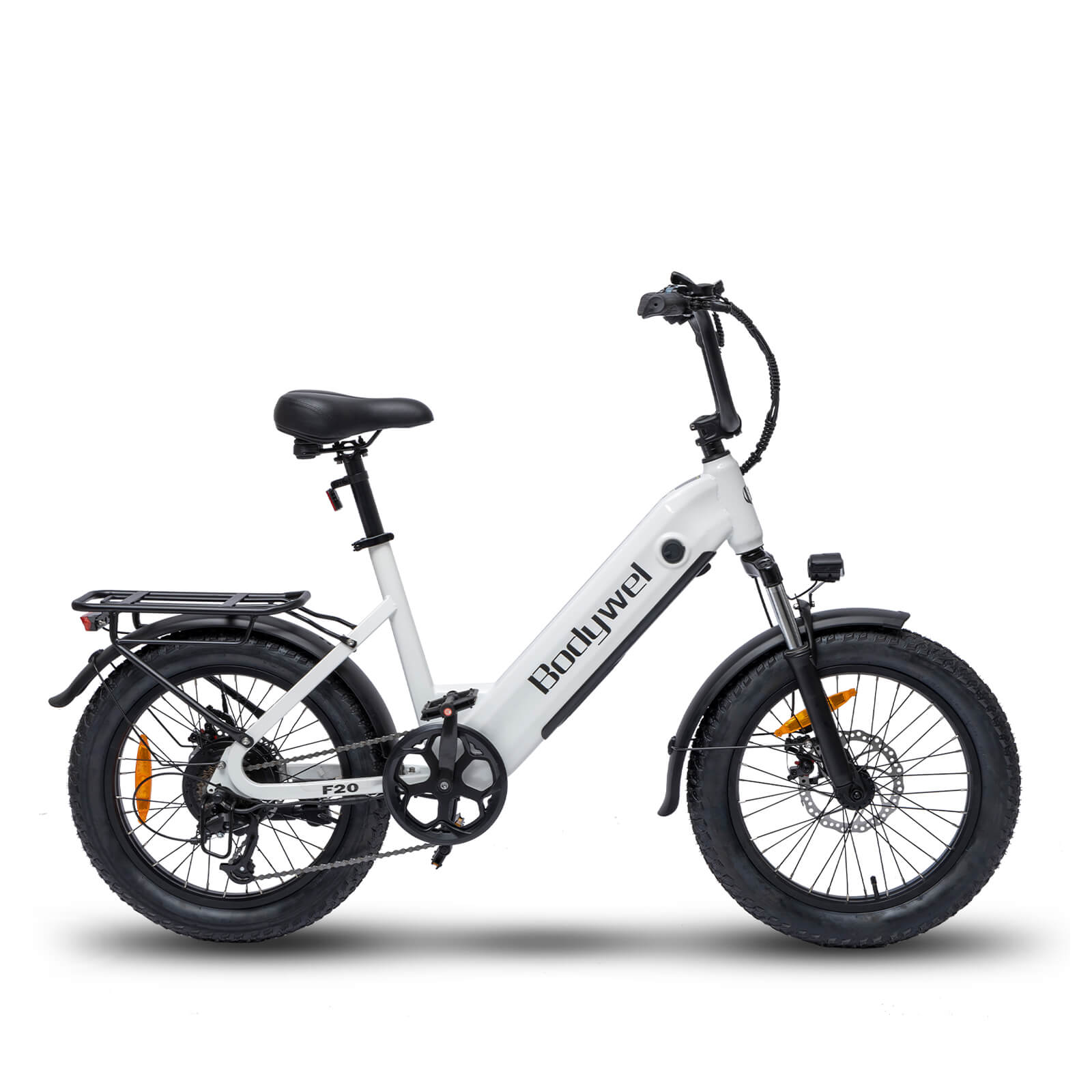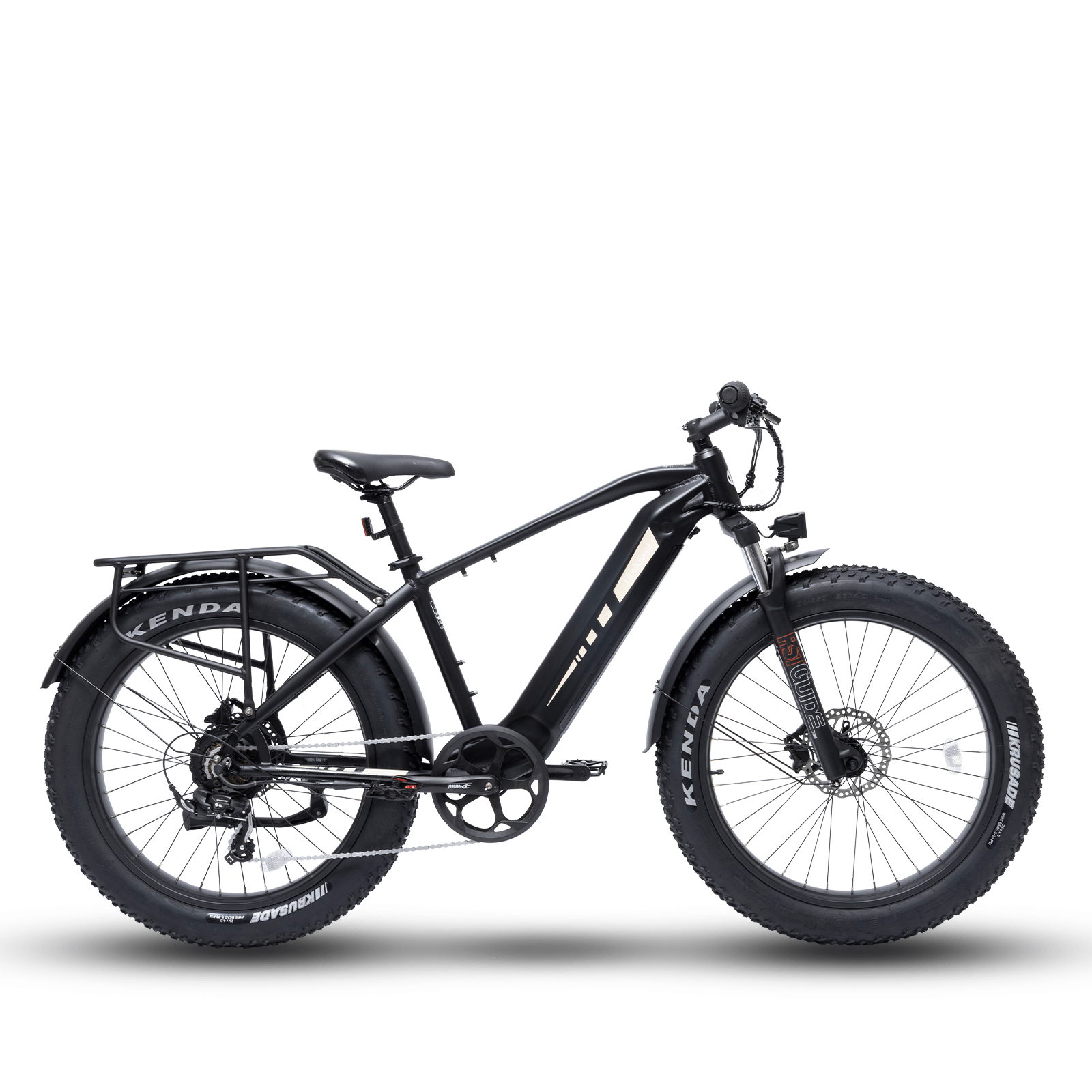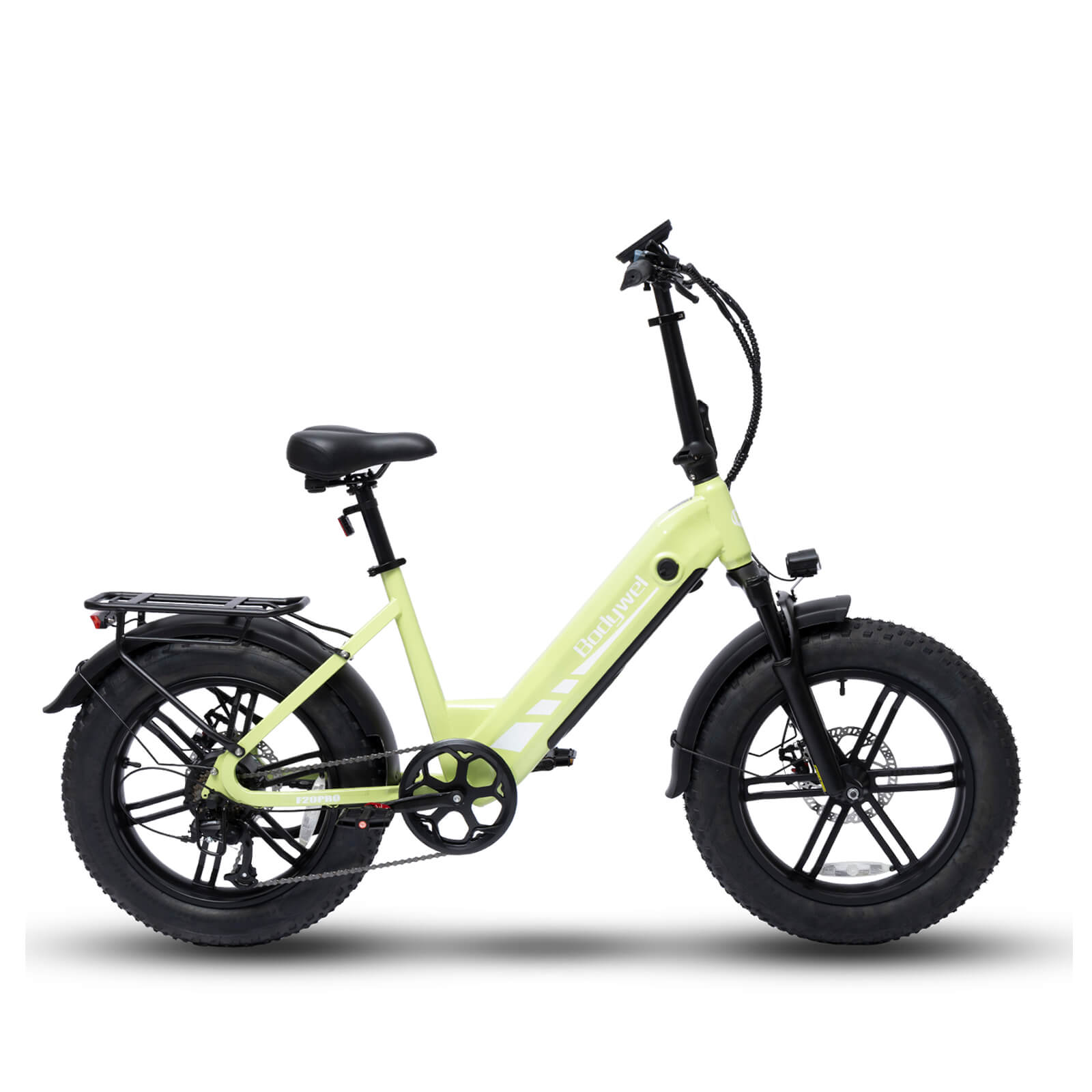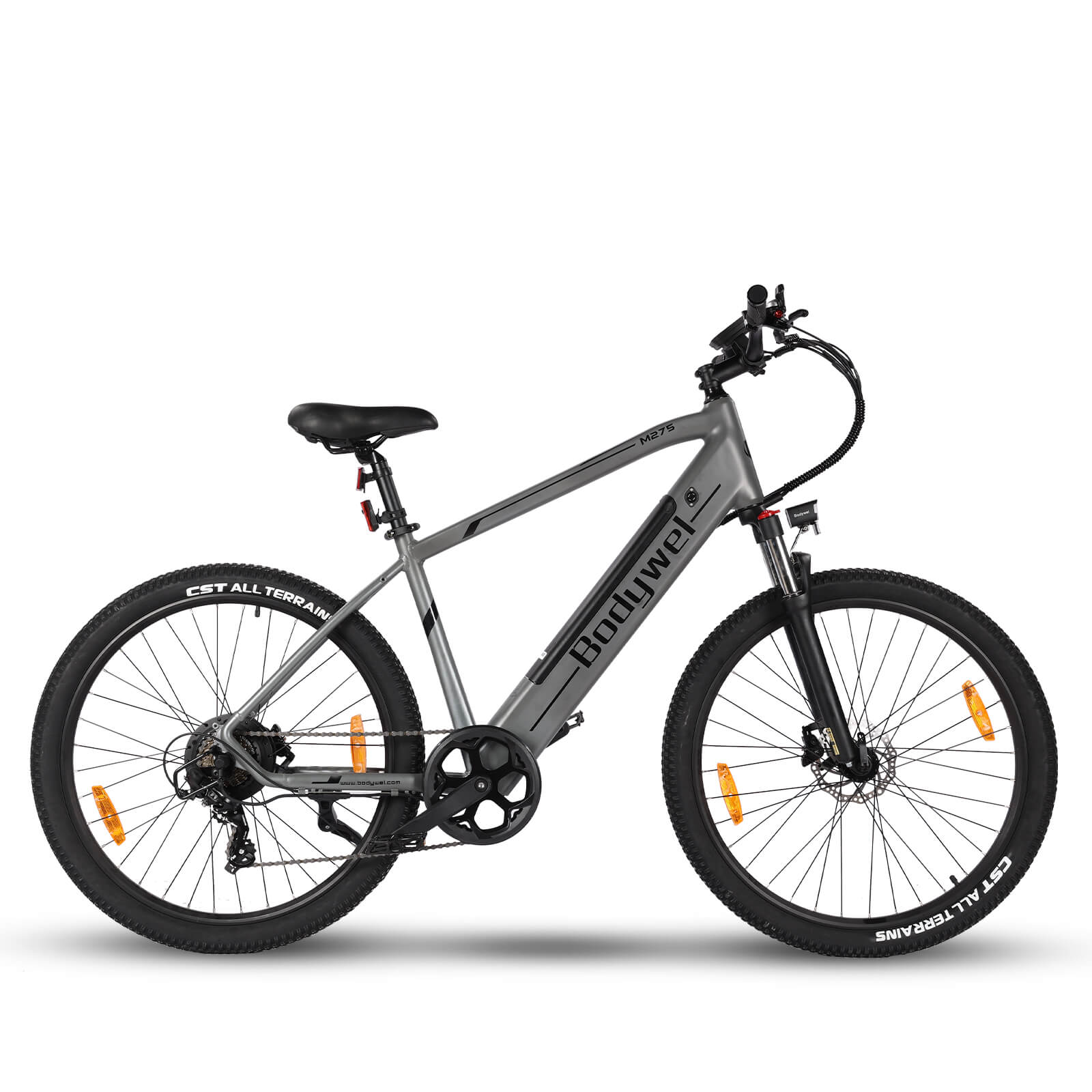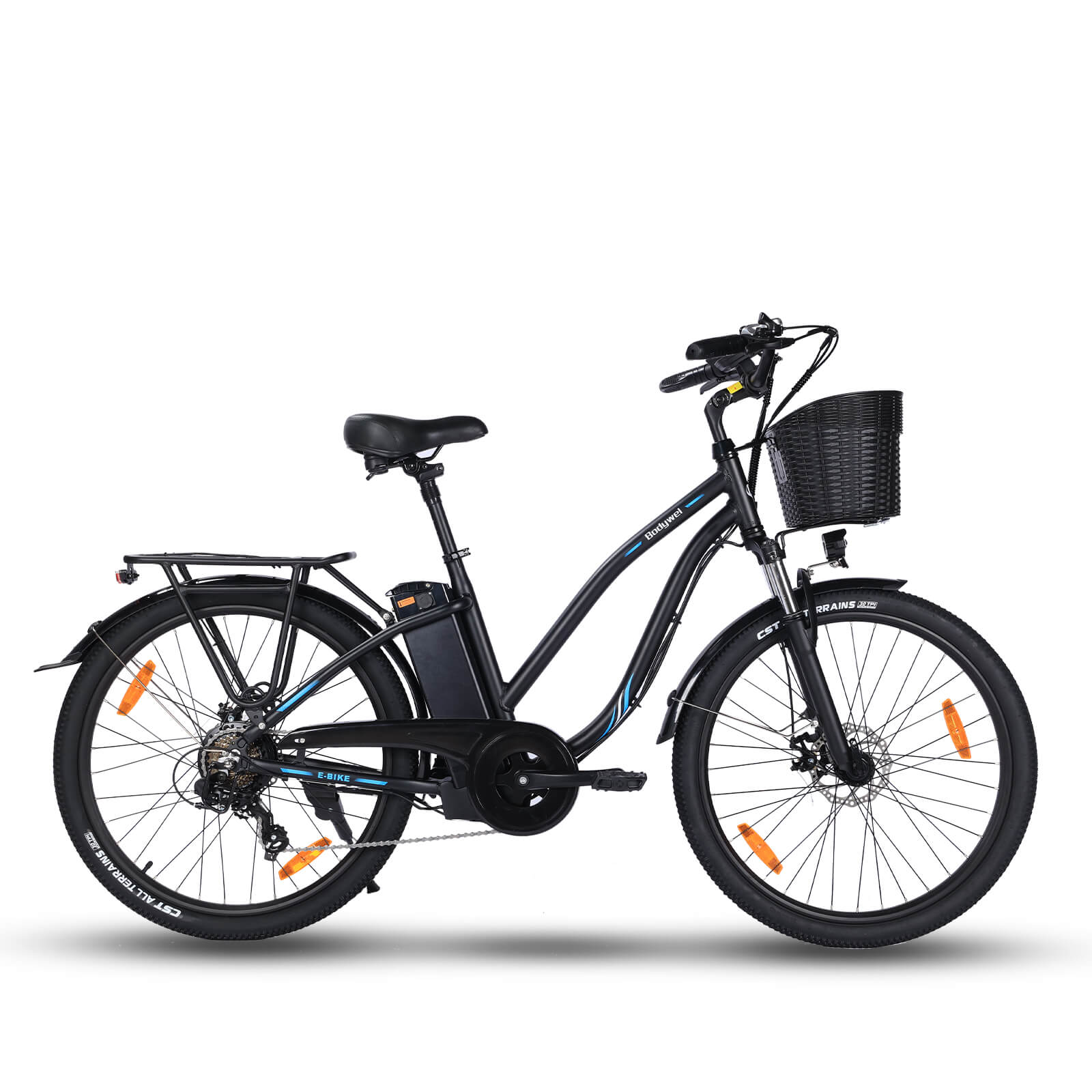5 Must-Know Facts Before Buying E Road Bikes in 2024

Key Considerations When Choosing an E Road Bike
Electric road bikes, or e-road bikes, are transforming cycling with enhanced speed and efficiency. Before purchasing one, understanding motor types, battery life, weight, legal regulations, and cost is essential for an informed decision.
Motor Types and Performance
The motor is the core of any e-road bike, directly impacting speed and efficiency. Mid-drive motors, commonly found in premium models, offer balanced weight distribution and better hill-climbing capabilities. Hub motors, while more affordable, may affect handling due to rear-wheel weight bias. For serious cyclists, torque sensors provide smoother power delivery, mimicking natural pedaling.
Battery Range and Charging
Battery capacity determines how far you can ride on a single charge. Most e-road bikes offer a wide range of battery capacities, with ranges between 40-120 miles. Factors like terrain, assist level, and rider weight influence real-world performance. Fast-charging options are now standard, but removable batteries add convenience for urban commuters.
Weight and Handling
E-road bikes are typically heavier than traditional road bikes. Carbon frames reduce weight but increase cost. Test-riding is crucial to assess handling, as motor placement and frame geometry affect agility. Lighter models perform better on climbs but may sacrifice battery capacity.
Legal Regulations and Speed Limits
Laws vary by region: some areas limit pedal-assist to 25 km/h (15.5 mph), while others allow higher speeds. Always check local regulations, as higher-speed models may require registration, insurance, or helmet laws. Non-compliant bikes risk fines or confiscation.
Cost vs. Long-Term Value
Entry-level e-road bikes start around a certain price point, with high-end models costing significantly more. Key value considerations include motor and battery warranties, service network availability, and upgrade compatibility. For frequent riders, investing in a durable system with replaceable components often proves cost-effective over time.
For detailed e-bike regulations by country, refer to this resource.
By evaluating these five factors—motor performance, battery efficiency, weight distribution, legal compliance, and total ownership cost—you can select an e-road bike that aligns with your cycling goals.
0 comments




